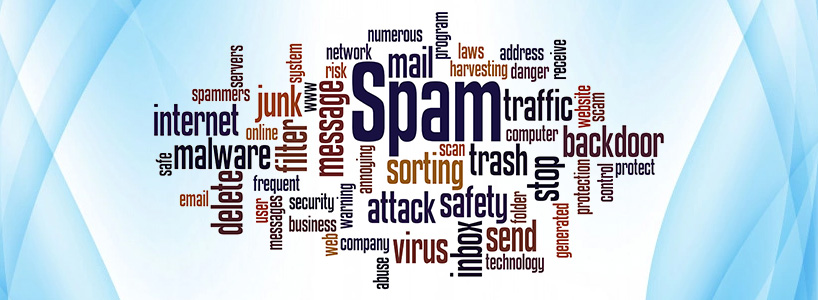Almost all of us have experienced the frustration and anger caused by spam in our inbox. What we may not know is that spam can cause more damage than just irk our nerves. Thus, it is necessary that we know the methods of Identifying Spam so that we can isolate them and strive for a safe and spam-free inbox. Spam is one of the most prominent nuisances of cyberspace. Thankfully, following just a few steps can ensure that the wrong content is not opened.
What Is Spam?
In order to be able to Identify Spam, it is important that to know what it is. Spam is the material which is sent out in bulk through electronic messaging systems to a number of recipients instantly. Spam is often used by companies for various marketing strategies like advertisements, increasing visibility in search engines, etc. Spam may make use of different forms of electronic media like email, instant messaging, mobile phone, social networking, etc.
- Harmful Effects Of Spam
Spam reduces the efficiency of the electronic machines like computers, mobile phones, etc. Service providers of internet services have to suffer from huge losses due to the spammers. Web service providers have to invest in extra space to accommodate spam. Spammers often take help of worms and other malicious programs and software to access the personal contact list of the targeted account. By opening spam content and clicking on the links provided in it, we unknowingly share our contact list with the spammer. Spam contents also look to trick and con the reader into parting with his / her bank details.
- How To Identify Spam In The Inbox
Most service providers use technology which differentiates between spam and regular mail and directs the spam into a different folder. However, some spam contents still manage to get through and find their way into the inbox. The easiest way of identifying spam in the inbox is by inspecting the To and From field of the email. Spam contents use inconspicuous email ids like abcd@yahoo.com, freeoffers@sales.com, etc. Emails with unknown ids in the To should always be looked at suspiciously. Emails with blanks in the To and From fields should also be handled with care. The dates of the email are the next things to verify. Spammers try to increase their visibility by providing latest dates. The content is the most important part which can help the reader track down spam. If the content announces or promises rewards of competitions which we did not take part in or offers discounts and prices which we know are too good to be true, then those are definitely spam. The proclamations of the content should be properly verified before we click any link provided in the content.
Once the spam has been indentified, it is important to mark it as spam before deleting, so that the service provider knows how to recognize and separate it in future. 

